Appendix: Raw Notes
p. 5. “[so-and-so] grouped a bunch of webloggers into high school cliques
and called me a jock” the shit-talking begins, this is comfortable, nothing
has changed.
p. 5. “Dave decided I must be ‘brain-damaged’ because I used frames.” first
thought: this is worthy of publication? second thought: oh, wait, these are
raw blog posts republished. third thought: 
Tracked down the Dave Winer post myself, to ensure ‘brain-damaged’ was the
actual wording. (It was.) Quote just below it:
Dad says I shouldn’t criticize other people on my site. He’s right, in theory.
But in practice, what I don’t like is just as much a part of my personality as
what I do like.
— Kate Adams
(Personal aside: I once criticized the cover of a Philip K. Dick book publicly
on the Internet. The only response my post receive was from the illustrator
that had designed the cover. She basically said: “Thanks, that hurt.” You might
think she had no business replying to my post and should have just taken the
criticism. But she didn’t like my criticism - which is “just as much a part of
her personality” as anything else, I suppose.)
p. 9. Good Rebecca Blood quote: “These weblogs provide a valuable filtering
function for their readers. The Web has been, in effect, pre-surfed for them.”
p. 11. There seems to be a recurring theme that Blogger made blogging “too
easy” by just having a single textbox to post in. Didn’t realize it was that
much of a progenitor to Twitter.
p. 12. Filters as their own thing: “I really wish there were another term to
describe the filter-style weblog, one that would easily distinguish it from the
blog.”
(No indication of the tools available to the ‘filter’ blog are given - except
that it has access to other filter blogs. Also, there are about five different
blog types alluded to - none of them matter now.)
p. 18. The author seems to say that communities, in order to survive, must stay
small - and credits The WELL with the best approach.
I don’t know The WELL - but it’s still here today. Wonder if it is considered
intact…
p. 20. The term ‘webpools’ is used here several times. There are many, many
outdated terms and awkward language choices in these essays. These are really
cool to me because the language was in such flux - and it reminds me of how
repulsive the word ‘blog’ was at first. (I invent crappy words, too - guilty.)
p. 27. Having a good ‘link checker’ is mentioned. Interesting that this
technology is nowhere to be seen now. (Href.cool has a simple, dumb one I made -
but it’s proven essential.)
p. 31. Some discussion about crediting sources. The discussion is basically
“this is a virtuous thing to do” vs. “it clutters up the blog”. This misses the
point (imho) - the point is to aid discovering related blogs.
p. 32. This is so funny: “But what about a weblog for the homemaker?”
p. 32. “Wouldn’t it be great if all the neurosurgeons in the world had one
place to go for up-to-date information about the numerous changes in their
field?” No. Hard no.
p. 35. The need for one’s own domain name. I used to think this wasn’t very
important. Starting to come around.
p. 37. “fram” - friend spam. This was nostalgic - ahh right, basically, e-mail
forwards were the Facebook of that era. Again, recurring theme of: people need
to become better, more disciplined independent writers and publishers. That is
what the Web asks of us.
p. 43. omgz, a spoof of “we didn’t start the fire” in the middle of the book.
“Wetlog, BrainLog, NeoFlux, and Stuffed Dog…” this is amaaazing.
p. 49. beebo.org?? wtf, this is the second time this has come up. “a blog
best-seller list”? The captures on Internet Archive do not explain this well
enough for me.
p. 51. It’s becoming clear that Blogger was the poster child of its time.
Strangely, people don’t really trace the lineage of Twitter or Tumblr back to it - nor
does it come up in the Friendster, Myspace, Facebook dynasty. It’s just kind of
this useful website that appeared and is still here. Strangely, Google has
managed to keep it low-key, ad-less, customizable - seems like a completely
ignored utility. There even seems to be a “New Blogger” dashboard for mobile.
I wonder what keeps this thing going?
p. 52. Fears about blogging becoming “too easy” - leading to “blogorrhea”.
Yeah, that panned out.
p. 54. The Bicycle story.
This seems like some kind of a precious take on memes. Or, alternatively, a
satire on a template blog post. The self-loathing returns.
p. 59. Damn, this is serious shit-talking!! (Like on the level of Bernhard’s
The Woodcutters.) I need to talk about this in more detail later.
p. 68. Blogs as “exteriorized psychology”. Sure. But no. Hard no.
p. 70. Where did Jorn Barger go? Seems like perception that he was antisemitic
turned against him? Nah, it’s got to just be burn out or something. Everyone
should retreat from the pulpit at some point. (Actually, not sure why I’m
asking where he is - most of these blogs are vacated. I think
people didn’t want out of blogging what it ended up giving them. There was
definitely something of a gold rush.)
p. 76. This Julian Dibbell has some good stuff. “Does it even count as irony
that Barger’s rigorously unfiltered perspective is perhaps as good a filter as
can be found for the welter of the Web?” This is a good question! And it
really confuses the topic of what makes a good algorithm or a good editor.
The discussion kind of stops at: it’s a sensibility.
p. 78. Blogger was a one-man business in 2001 after initially having a team.
It really squeaked by. This is cool. It actually survived.
p. 82. “I do think there was a blog concept. Then there were a couple blog
concepts. And now we’re getting closer to a blog concept again.” Lol. I think
we’re back to a couple blog concepts again.
p. 87. Comment about 2001’s “p2p hype” drowning out interest in blogs. It’s
interesting that blockchain took that space for awhile. And it’s interesting
that some p2p+blog projects have a niche community now. It’s also interesting
that those were seen as competing at the time - I can see how people would think
that, but those were clearly two different crowds.
p. 89-98. No real interest in this chapter (on the Kaycee Nicole Hoax) -
although veracity of information continues to be a big topic. Was a topic in the
radio and newspaper eras, too.





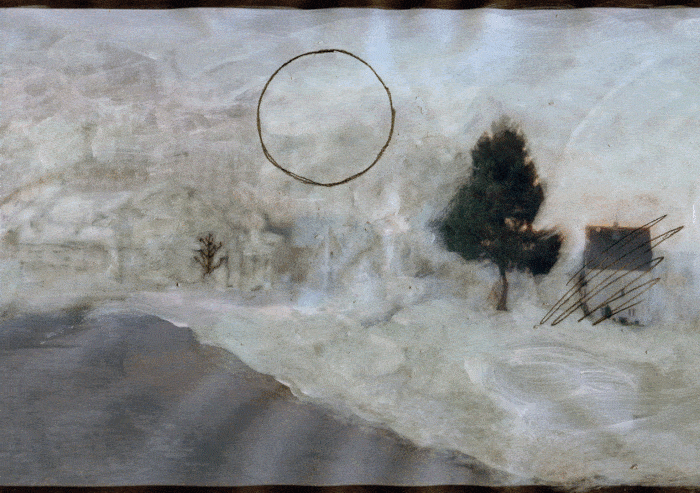

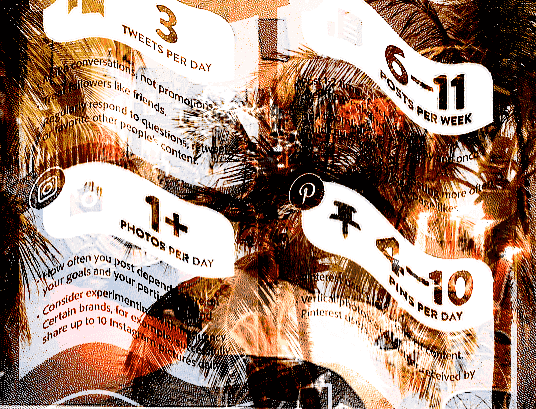







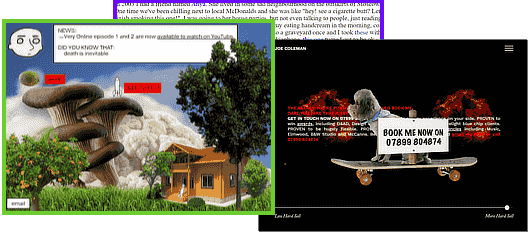

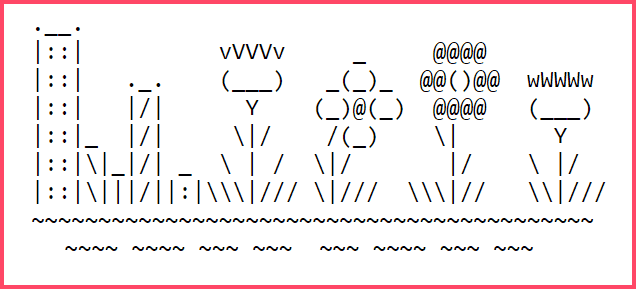
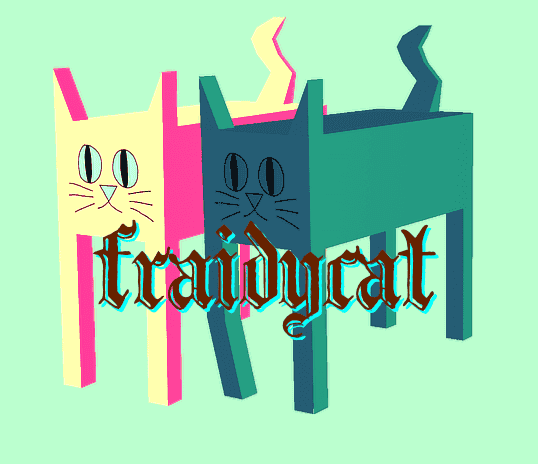

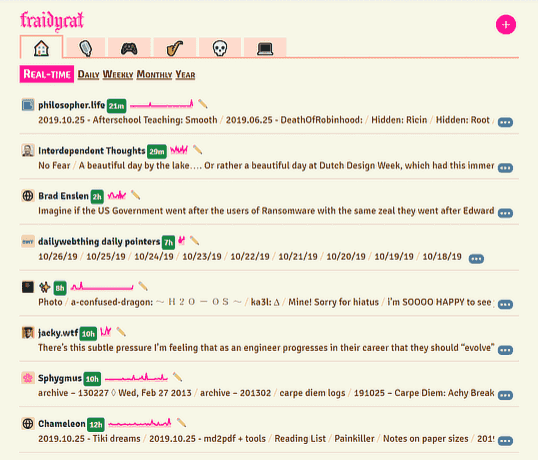
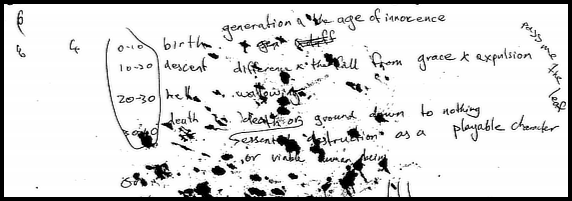
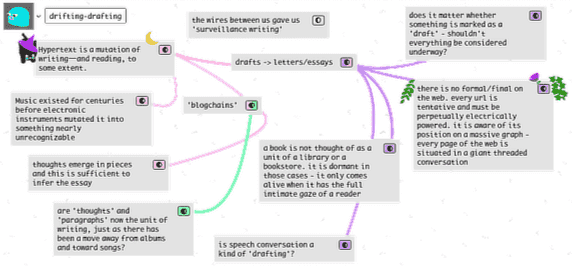







Reply: The Hyperchat Modality
How do you converse with a wiki?
Yeah—it’s quite hidden. We’ve been calling it hyperconversation. It’s very informal and fluid. It’s completely simple: just leaving messages for each other on our sites. No Webmentions necessary or anything like that.
We’re actually trying to really push this concept right now. So there’s this sprawling group chat going on between my blog, philosopher.life, sphygm.us and wiki.waifu.haus for the last few weeks, going through December. The master thread is right here.[1]
You might be tempted to say that using Webmentions would improve the chat because it would give us notifications. But I’m not so sure! The great thing about doing a chat like this is that you really have to keep up on each person’s wiki (or blog), because messages could be hidden anywhere. With Webmentions, you would read their reply and move on. (Think of how, in your reply, you had to reference this article for me—but there is probably a lot more relevant material on your site—I know this is true, just because you do a lot of metadiscussion about blogging and online conversation.)
If you and I were to chat this way, we basically mutually agree to dig deep into each other’s blogs. Think of how this contrasts to ‘the temporality of social media’ that you mention.
This is absolutely what we’re trying to figure out too, in our own way. Here’s a summary of what this group (the ‘public self-modelers’) is doing:
People seem very focused on technological solutions to online communication (ActivityPub, Indieweb, this absurd BlueSky idea), but the hyperconversation approach is trying to prove that the problem is a human problem. If you read and listen to each other and try to respond thoughfully and carefully - and try to find your own style and wee innovations along the way - you start to feel like you don’t need anything more complicated than a TiddlyWiki!
That’s been a very stunning realization for me. (As I’ve been an Indieweb zealot as well, of course.) Thank you for your curiosity and for your excellent blog and for your work on improving the Web! You are one of the main writers that I feel has been keeping the Web healthy. You connect a lot of people, Chris. That’s human work.
Right now you have to weed through it all, but I will be publishing a finalized, edited chat on my home page when it’s over. ↩︎